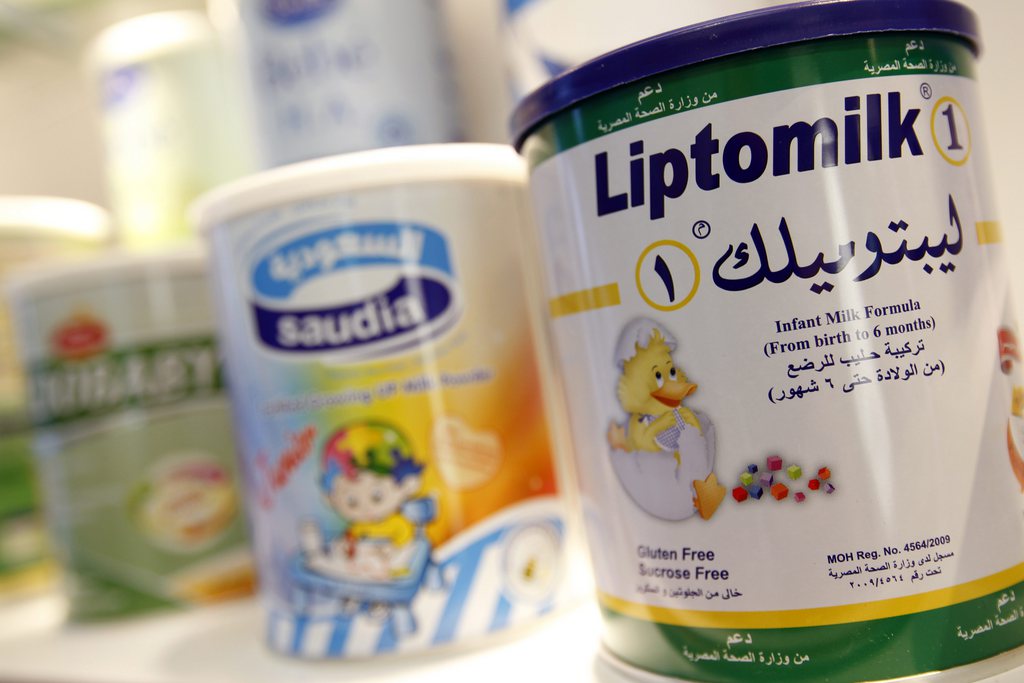Swiss set sights on emerging markets

As Europe stumbles, Swiss firms are increasingly concentrating on emerging markets further afield. In 2011 Switzerland exported twice as much as it imported from emerging nations, which are working hard to play economic “catch-up”.
Switzerland remains highly attractive for these fast-growing economies due to its high standard of living – gross domestic product (GDP) per capita of $67,457 in 2010, according to the World Bank – surpassed only by Norway and Luxembourg.
And Swiss firms are keen to tap into the potential of the top ten trading partners in emerging markets with a combined population of 2.9 billion people, especially since the domestic market of Switzerland – with only eight million inhabitants – is limited.
Despite a strong Swiss franc, in 2011 exports to China, Singapore, Russia, India, the United Arab Emirates, Brazil, Turkey, Poland, Saudi Arabia and the Czech Republic rose to SFr 29.73 billion – over double the total amount of imports from these countries.
For the fifth consecutive year Switzerland’s main trading partner, the European Union, has experienced economic troubles, reflected in bilateral trade figures.
While 61 per cent of all Swiss exports went to EU member states in 2008, this figure slipped to 57 per cent in 2012, and is likely to fall further in the coming years.
Slow economic growth in Europe means fewer opportunities for Swiss firms, says Philippe Gugler, director of the Center for Competitiveness at Fribourg University.
“It is important that Swiss companies continue to diversify their target markets. The EU recognises that by 2015, 90 per cent of world growth will be generated outside Europe,” he told swissinfo.ch.
Bric focus
OSEC business network Switzerland, which helps promote Swiss exports worldwide, has therefore redefined its priorities for 2012-2015.
“OSEC intends to focus primarily on exploring new markets outside the euro-dollar zone and countries with whom Switzerland has signed free trade agreements,” it declared.
The so-called Bric nations – Brazil, Russia, India and China – are the leading protagonists in the new scenario.
According to the Swiss finance ministry, exports to Bric countries stood at SFr16.7 billion in 2011 – 43 per cent higher than 2009.
“From a geographical point of view, the Bric markets represent an important potential for Swiss companies. However, it is important not to neglect other emerging markets whose size is smaller than the Bric countries’ market but where the opportunities to generate higher profits may be important since these markets are less crowded,” said Gugler.
Gaining ground
OSEC spokesman Patrick Djizmedjian said there was a long list of attractive markets for Swiss firms.
“On this list we have China and India, but also Latin America countries such as Brazil and Mexico. Chile is a well-developed market, Peru has seen impressive growth, and Colombia and Brazil offer very interesting infrastructure projects,” he explained.
The United Arab Emirates is also important, he added. Swiss exports rose 26 per cent in 2011 to reach levels similar to India and Canada.
Over the past year other markets reported modest export volumes but considerable growth, such as Malaysia (+12.1 per cent), Colombia (+14.6 per cent), Chile (+33.4 per cent), Venezuela (+46.6 per cent) and Kazakhstan (+56.8 per cent).
SMEs
All major Swiss companies are active in emerging states. But for small and medium-sized enterprises (SMEs), the move can be more complicated.
“Countries like China or India, but also Jordan, Egypt and Bangladesh have economies which are increasingly mirroring western markets. This opens a window of opportunity for SMEs,” said Claude Nessi, sales director at K-Team.
This medium-sized firm based in Vallorbe in canton Vaud began making robots 18 years ago and exports much of its production.
No one region stands out as being more interesting business-wise; the important thing is specialisation, said Nessi.
“What we offer is a niche. In emerging markets our products are intended for the more developed nations because there is higher demand for this kind of technology and they know how to make the most of our products,” he added.
Gugler said Swiss SMEs were definitely more successful in “specific, sophisticated and urban markets” characterised by higher purchasing power.
“The only way is to focus on products and services offering a very high value to customers. Uniqueness is the key word,” he noted.
Djizmedjian agreed: “Swiss firms are niche players and for many of the articles they produce our country is the only one capable of providing such exceptional quality.”
Inevitable risks
Yet in emerging markets business opportunities may get set back by problems like corruption, local politics, insecurity and protectionism.
“There are always risks and benefits. The important thing is to prepare properly and to carry out proper studies. But you should also look for partners which have a good knowledge of the market to be exploited. You do not enter directly without assistance or serious preparation otherwise you are bound to fail,” said Djizmedjian.
When negotiating with emerging nations Swiss firms must commit to providing a “shared value”, said Gugler, “to do business in such a way that the interests of the company (to get profits) meet also the interests of the community”.
Leading markets (as percentage of total exports)
Germany (20.2%) United States (10.1%), Italy (7.9%), France (7.3%), China (4.3%), Britain (4.2%), Japan (3.2%), Hong Kong (3.2%), Austria (3.0%), Spain (2.9%), Netherlands (2.6%), Belgium (2.0%), Singapore (1.6%), Russia (1.5%), India (1.5%), Canada (1.4%), United Arab Emirates (1.4%), Australia (1.2%), South Korea (1.2%) and Brazil (1.1%).
Source: Finance Ministry
According to the OSEC business network Switzerland, emerging markets offer Swiss companies an interesting diversification strategy, but it is important to plan long term.
Exports to countries with different currencies help to balance foreign exchange risks and reduce damage caused by regional crises such as the current problems in Europe.
Switzerland has 297,000 small and medium-sized enterprises (SMEs), which constitute 99.6% of the Swiss business community and represent one out of two jobs in Switzerland, according to the State Secretariat for Economic Affairs (Seco).
Seco’s key questions for SMEs that wish to export: “Do my products require export licences? Are they covered by a free trade agreement? What are the customs duties, VAT and other taxes in the country of destination?”
(Translated from Spanish by Simon Bradley)

In compliance with the JTI standards
More: SWI swissinfo.ch certified by the Journalism Trust Initiative


You can find an overview of ongoing debates with our journalists here. Please join us!
If you want to start a conversation about a topic raised in this article or want to report factual errors, email us at english@swissinfo.ch.